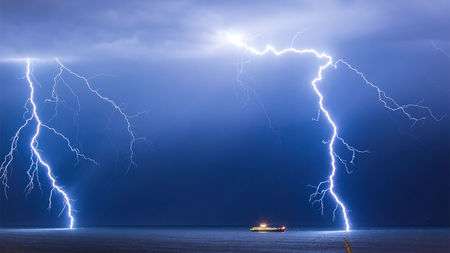

"This is a 60x30s exposure," says Smolić. Since the 19th century at least seven significant outbursts have been observed.Īt the Astronomical Station Vidojevica in Serbia, astronomers Igor Smolić and Marco Grazdanovic took a closer look using the station's big 1.4 meter telescope: Discovered in 1812 by Pons and discovered again in 1883 by Brooks, the bursty comet visits the inner solar system every 71 years. It is now shining with about the same brightness as an 11th magnitude star, making it an easy target for mid-sized backyard telescopes.Ĭomet 12P/Pons-Brooks is famous for exploding. Astronomers watched as double plumes of debris streamed out of the comet's core, sweeping back to form the Falcon shape. The action began on July 20th when the comet abruptly brightnened 100-fold. They are using telescopes at the Las Cumbres Observatory network to monitor this comet's unusual eruption. These images are hot off the press (July 25.434) from the Comet Chasers, a team of researchers led by Helen Usher of Cardiff/The Open Universities. Now it resembles "the fastest hunk of junk in the galaxy"-the Millennium Falcon: Until a few days ago, Comet 12P/Pons-Brooks looked like a perfectly ordinary comet. Aurora alerts: SMS TextĪ COMET SHAPED LIKE THE MILLENNIUM FALCON: Because of the uncertainty, a minor geomagnetic storm watch is still in effect for July 27th. It is unclear if this is the early arrival of a CME originally expected on July 27th or a completely different CME which was previously overlooked. Unexpectedly, a CME hit Earth's magnetic field on July 25th (2235 UT), sparking a G1-class geomagnetic storm. 28, 2023, as a show of thanks for years of service and hope for future daisies: Until then, we will maintain AIM's iconic "daily daisy," frozen at Feb.
DARK SKY LIGHTNING ALERT FULL
There may be some hope of a recovery as AIM's orbit precesses into full sunlight in 2024.

As a result AIM is offline, perhaps permanently. What happened to NASA's AIM spacecraft, which has been monitoring NLCs since 2007? Earlier this year, the spacecraft's battery failed. As the season progresses, these dots will multiply in number and shift in hue from blue to red as the brightness of the clouds intensifies. For the rest of the season, daily maps from NOAA 21 will be presented here:Įach dot is a detected cloud. An instrument onboard NOAA 21 ( OMPS LP) is able to detect NLCs (also known as "polar mesospheric clouds" or PMCs). The first clouds were detected inside the Arctic Circle by the NOAA 21 satellite. The northern season for NLCs began on May 26th.

There are no significant equatorial coronal holes on the Earthside of the sun. Switch to: Europe, USA, New Zealand, Antarctica Neutron counts from the University of Oulu's Sodankyla Geophysical Observatory show that cosmic rays reaching Earth are slowly declining-a result of the yin-yang relationship between the solar cycle and cosmic rays.

Credit: SDO/HMIĬosmic Rays Solar Cycle 25 is intensifying, and this is reflected in the number of cosmic rays entering Earth's atmosphere. Sunspots AR3376 and AR3380 pose a threat for M-class solar flares.


 0 kommentar(er)
0 kommentar(er)
